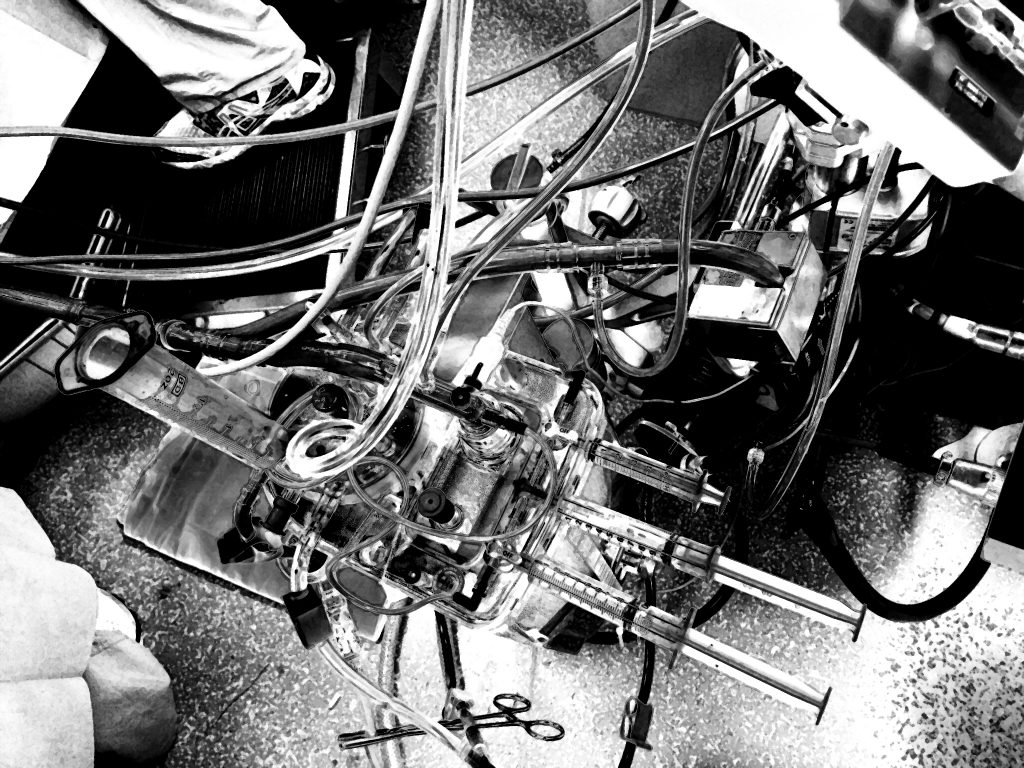Axillary Artery Cannulation Reduces Early Embolic Stroke and Mortality After Open Arch Repair with Circulatory Arrest

Objective
To evaluate the efficacy of axillary artery cannulation for early embolic stroke and operative mortality, we retrospectively compared the outcomes between patients with or without axillary artery cannulation during open aortic arch repair with circulatory arrest.
Methods
Between January 2004 and December 2017, 468 patients underwent open aortic arch repair with circulatory arrest using antegrade cerebral perfusion and were divided into 2 groups according to the site of arterial cannulation: the axillary artery (axillary group, n = 352) or another site (nonaxillary group, n = 116) groups. Embolic stroke was defined as a physician-diagnosed new postoperative neurologic deficit lasting more than 72 hours, generally confirmed by computed tomography or magnetic resonance imaging.
Results
After propensity score matching, the patients’ characteristics were comparable between the groups (n = 116 in each). The incidences of acute type A dissection, aortic rupture, shock, or emergency operation were similar between groups. The incidence of early embolic stroke was significantly lower in axillary group (n = 3 [2.6%] vs n = 10 [8.6%]; P = .046). Also, 30-day mortality (n = 3 [2.6%] vs n = 10 [8.6%]; P = .046) and in-hospital mortality (n = 3 [2.6%] vs n = 11 [9.5%]; P = .027) occurred significantly lower in the axillary group.
Conclusions
Axillary artery cannulation reduced the early embolic stroke and early mortality after open arch repair with circulatory arrest. Axillary artery cannulation as the arterial cannulation site during open arch repair with circulatory arrest may be helpful in preventing embolic stroke and reducing early mortality.
